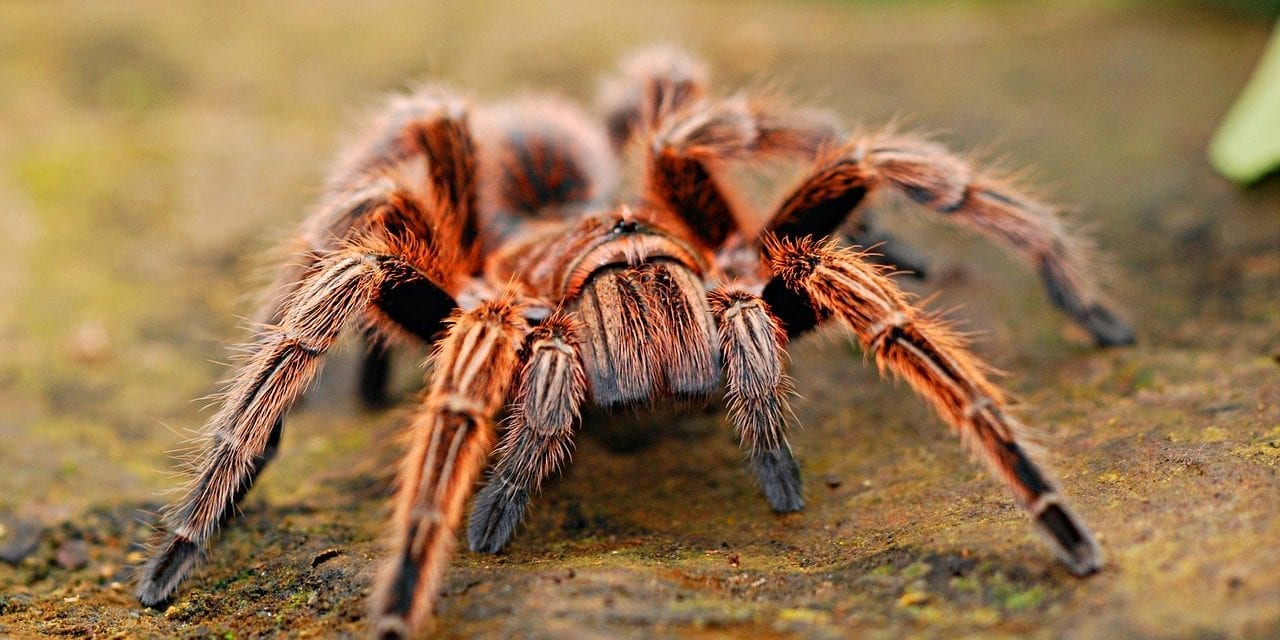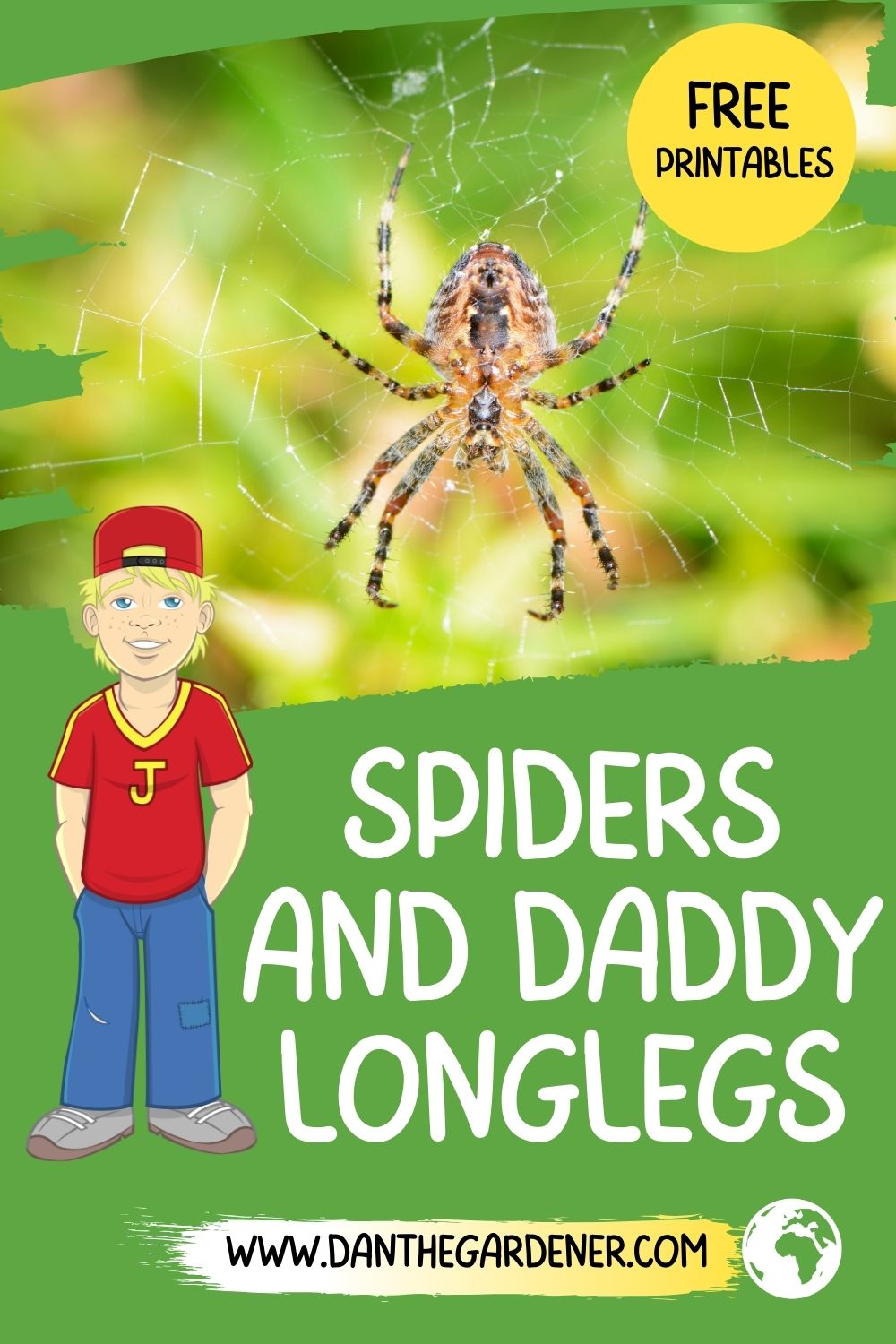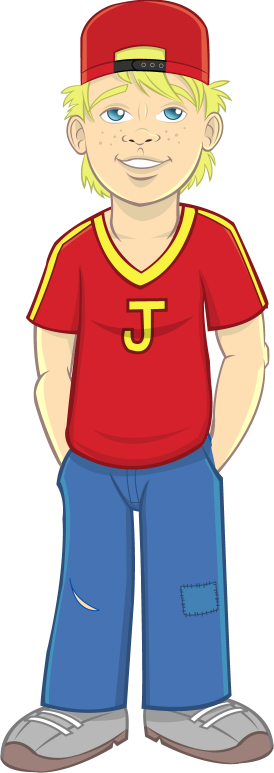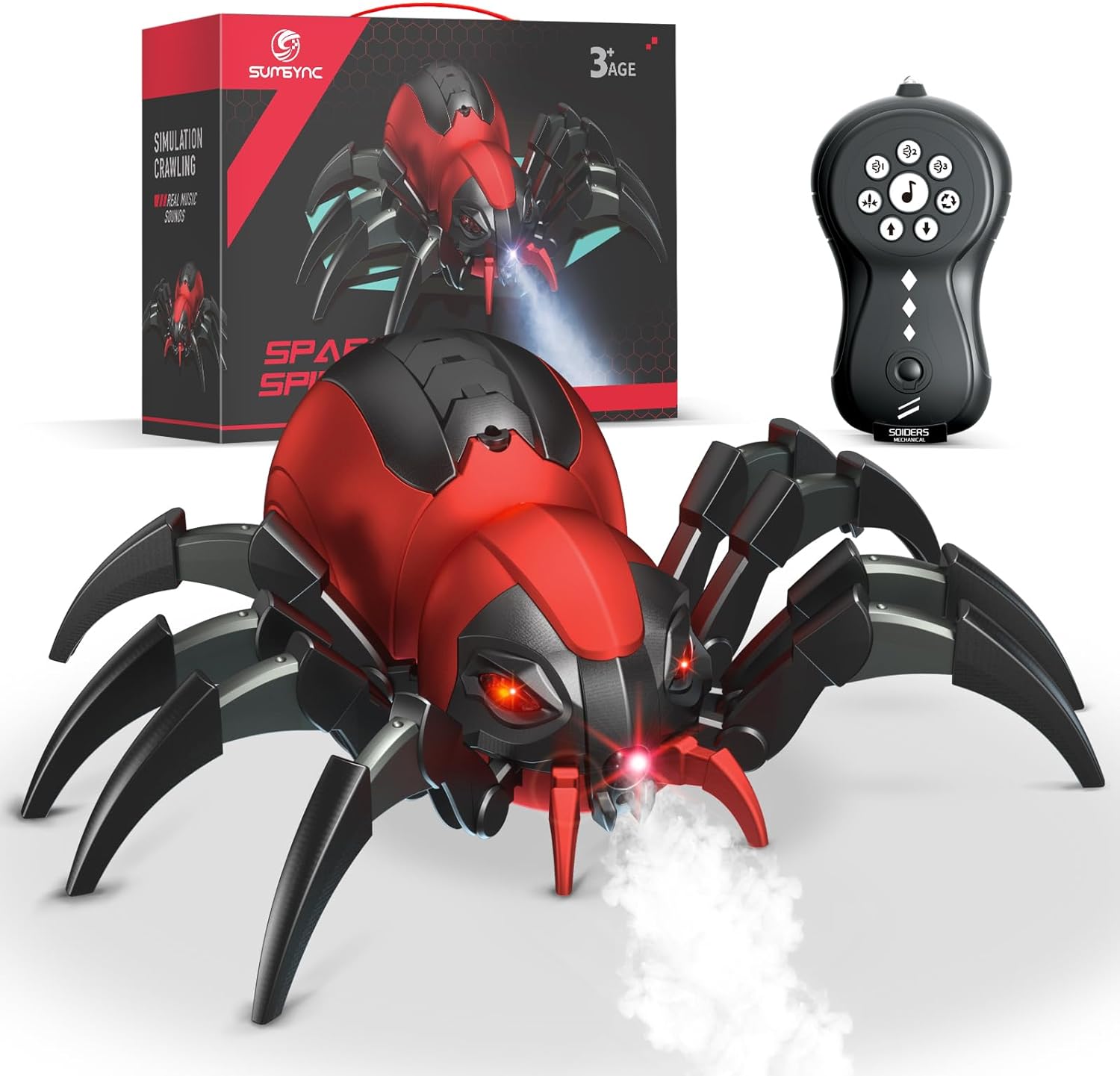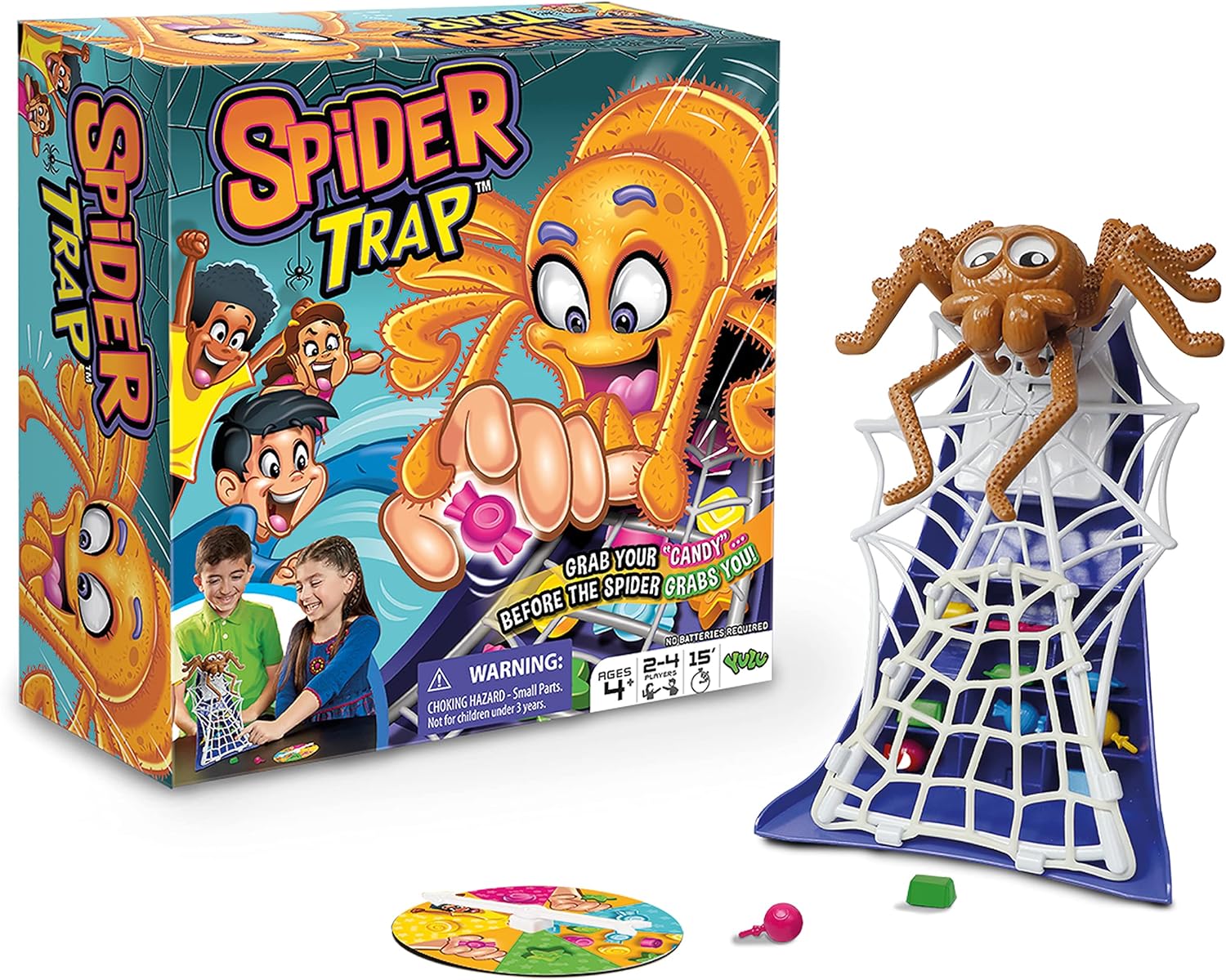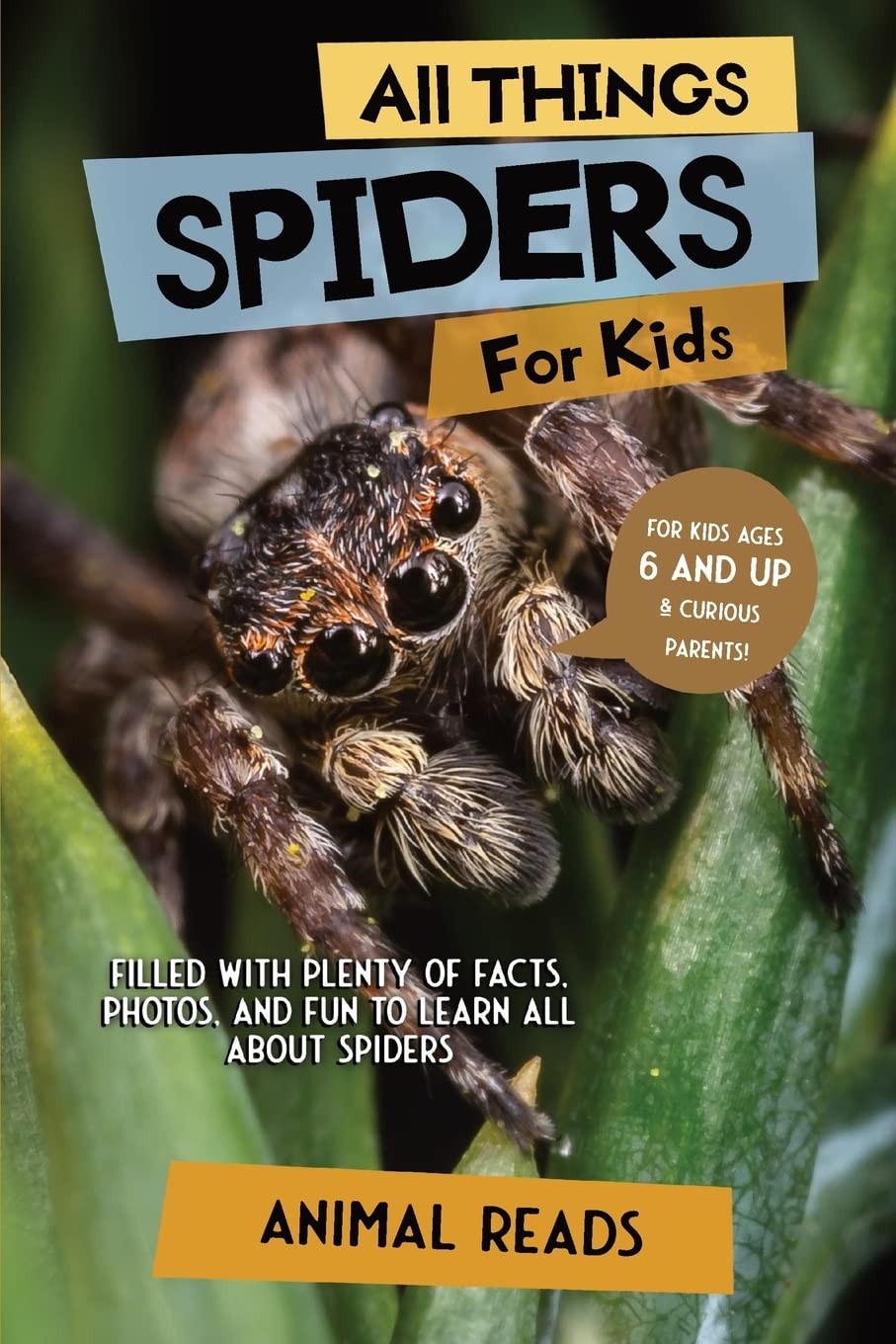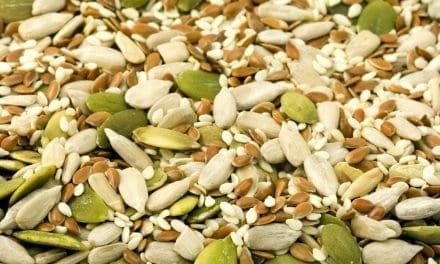I love Spiders and Daddy Longlegs. More spiders are expected this autumn around Great Britain, and experts say this is a good thing. Spiders are essential for biodiversity, and balance is important for the quality of human life.
According to researchers at insect charity Buglife, the wet autumn of 2019 supplied the larvae of
The year’s conditions are also suitable for spiders, and this is excellent news for British biodiversity, which has had a low period during the last few years because of a low number of moths, spiders, and crane flies. Crane-fly larvae are essential in keeping the soil clean, and the adults are food for birds and animals.
Would you like our Dan The Gardener & Friends FREE Activity Book for kids packed full of colouring-in, dot to dot, word searches, recycling tips and diary sheets plus more?
The weather conditions throughout this summer were good for spiders as well. These creatures are amazing- a house spider could eat 20 flies per year, and their food regime is at the bottom of controlling the population of other insects.
The increasing population of spiders is good news for biodiversity balance and bug lovers, but the ones who fear spiders are not happy with the news. If you don’t like those creatures, just step aside and leave them alone. If you find one in your house, the best way to deal with it is to take it out in the garden. Actually, if you kill it, you could take away a meal from a wren per example and birds also have some cold, unfriendly winter in front of them.
There are 600 species of spider in Britain and each and every specimen has its own important role for the biodiversity. So next time you see one on your wall, it would be great if you don’t kill it. Place a glass over it and a piece of paper underneath it and just take it outside, where it could perform its nature given role in the chain of life.
This post includes affiliate links. This means we earn a small commission if you buy through our link (at no extra cost to you). We only suggest products or services we genuinely love and trust. Thanks for supporting our blog!
Fun Spider Facts for Kids
- Spiders can spin webs of silk more robust than steel.
- Spiders are arachnids, not insects.
Other arachnid family members include scorpions, mites, ticks and harvestmen. - Spiders have eight legs, while insects have 6.
- Spiders don’t have antennae, while insects do.
- Spiders are found on every continent of the world except Antarctica.
- There are around 40000 different species of spider.
- The largest species of tarantula is the Goliath Birdeater.
Giant Huntsman spiders have leg spans of around 30cm (12 in).
- Most spiders make silk to create spider webs and capture prey.
- Abandoned spider webs are called cobwebs.
- Most spiders are harmless to humans, but a few spider species, such as the black widow, can bite humans and inject venom.
- Deaths from spider bites are rare, however.
An abnormal fear of spiders is called ‘arachnophobia’. - Tarantulas are giant and often hairy spiders, the most significant species known to kill mice, lizards, and birds.
- Most tarantula species pose no threat to humans.

